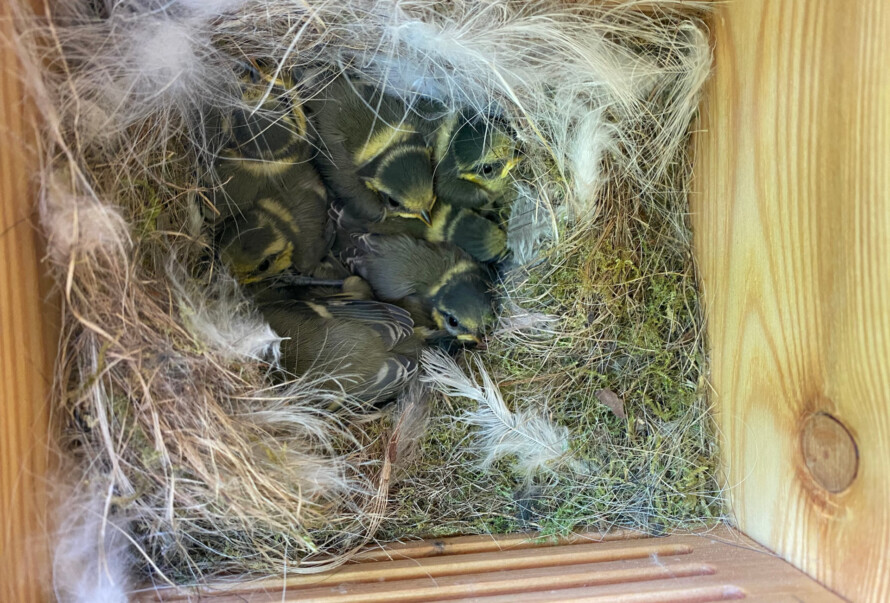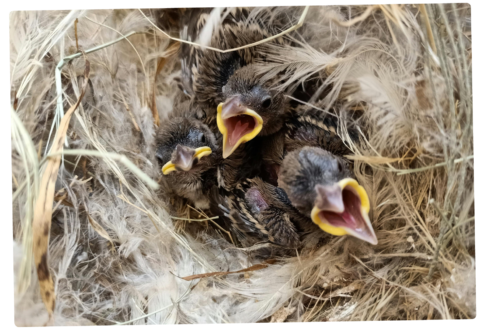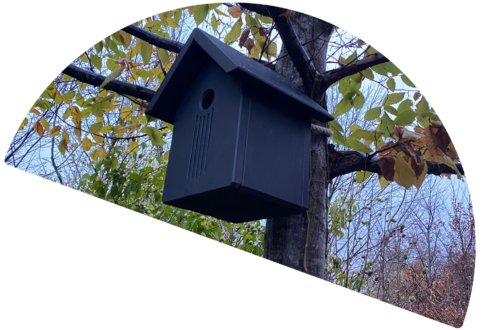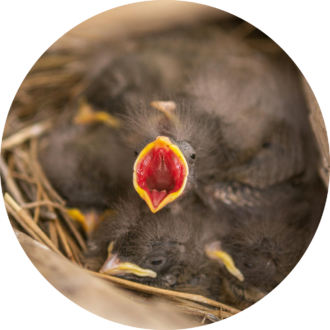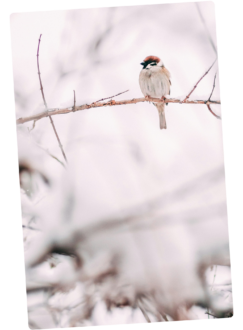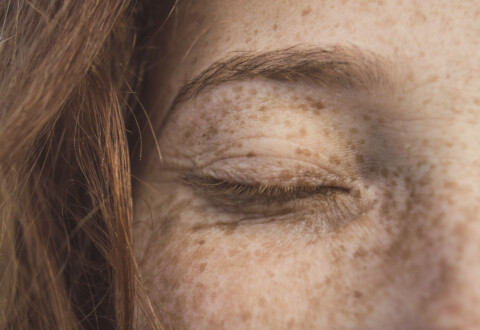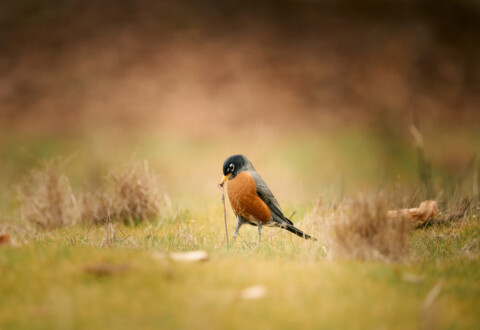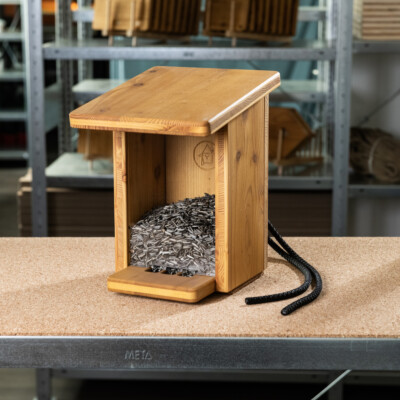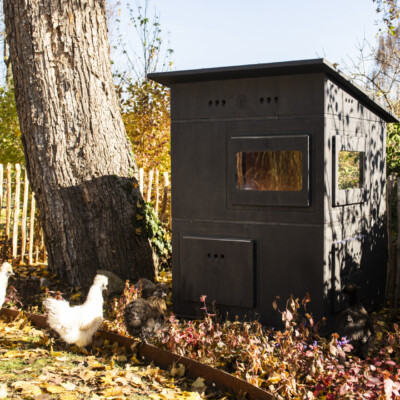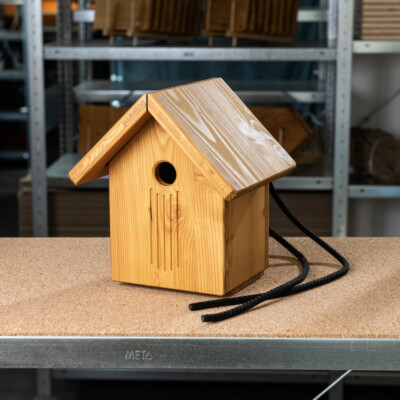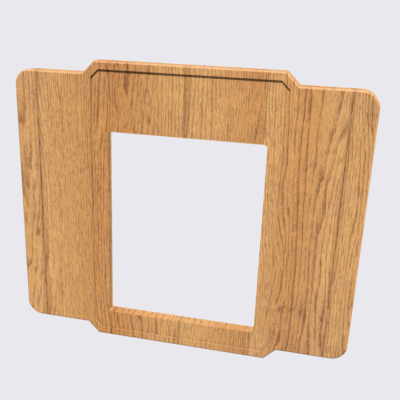So you’ve decided to turn your garden into a little bird paradise? Are you thinking about buying a nesting box to provide a safe home for your feathered guests? At the same time, do you want to experience nature up close and contribute to the protection of native birdlife? Then you’ve come to the right place! In this article, you will learn everything you need to know about choosing, installing and caring for your nest box – for happy bird tenants and successful breeding seasons.
I will explain the essential steps you should follow on the way to having your own bird offspring. These are:
- Get the right nest box,
- choose the right time to install it and
- choose the best possible location.
- Finally, install the nest box stably and carefully and
- then clean it once a year.
Finally, you will receive a few additional tips on the subject of nest boxes.
The right nesting box
… so that the young birds are safe and feel comfortable:
Not every nesting box is suitable for every bird species. Make sure you choose a model that meets the needs of the birds in your region. While tits and sparrows prefer smaller entrance holes, starlings and nuthatches need larger openings. The material is also important: wood is the best choice as it is breathable and ensures a pleasant climate inside. If you want to find out more about the types and specific characteristics of nesting boxes, read the article “Which bird prefers which nesting site?” (link).
Time for installation
… just not too late!
The ideal time to install a nesting box is in the fall or winter. During the winter months, possible nesting sites can be scouted and inspected. This allows the birds to get used to their new home early on and possibly use it as a protected shelter during the cold season.
The nesting boxes should be installed by the end of February at the latest, as the final phase of the search for nesting sites begins in March.
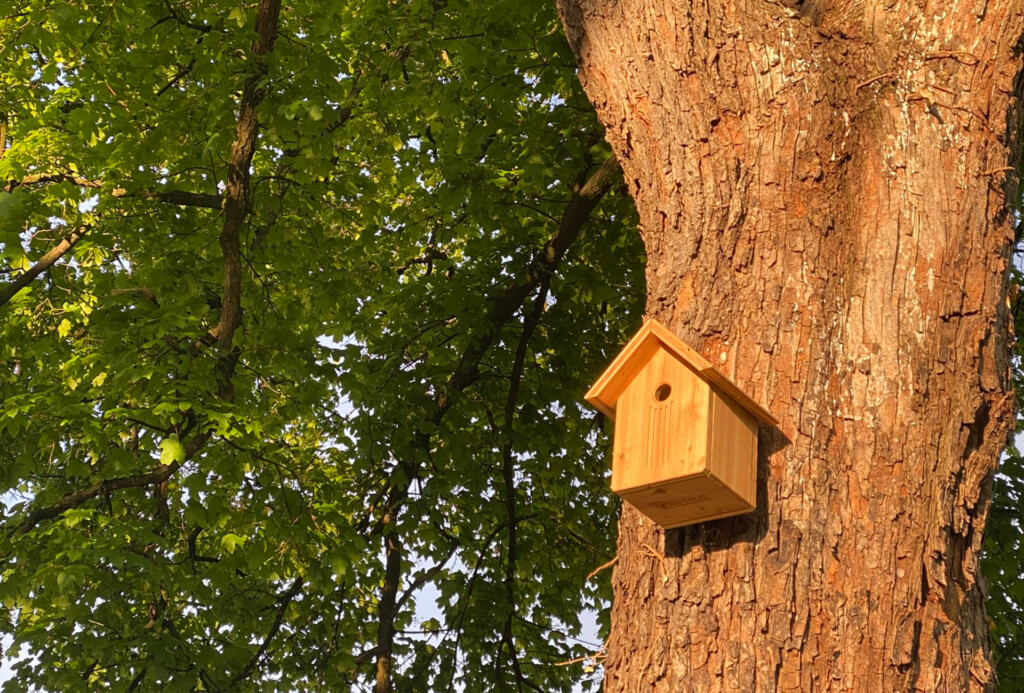
Best possible location
… so that your nesting box is accepted by the birds.
The choice of location is important to ensure that the nest box is accepted by a pair of birds willing to breed. In addition, breeding and rearing of the chicks should take place safely and undisturbed. Depending on the type and size of the nesting box and the height at which it is installed, different birds will be attracted (read more here).
You should bear the following points in mind:
- Fix at a height of 3-4 meters in a sheltered, quiet place: protection from predators, protection from other disturbances (e.g. from curious people), avoid proximity to roads
- Ideally on a tree (also good: terraces, balconies, walls)
- The immediate surroundings are not too densely overgrown and a free approach is possible
- It should be neither too hot nor too wet inside a nesting box. Therefore, the entrance hole should ideally face (south) east – preferably in the partial shade of a tree (sufficient warming sunlight, never in full sun, and facing away from the main wind direction)
> My TIP: “Birds need peace and quiet. However great your curiosity, you should leave the brood alone as much as possible. In the worst case, the parent birds could leave the nest.”
> My EXPERIENCE: “For better accessibility (e.g. for cleaning), you can also fix your nest box lower than 3 meters. However, the nest boxes may then be less well accepted.”
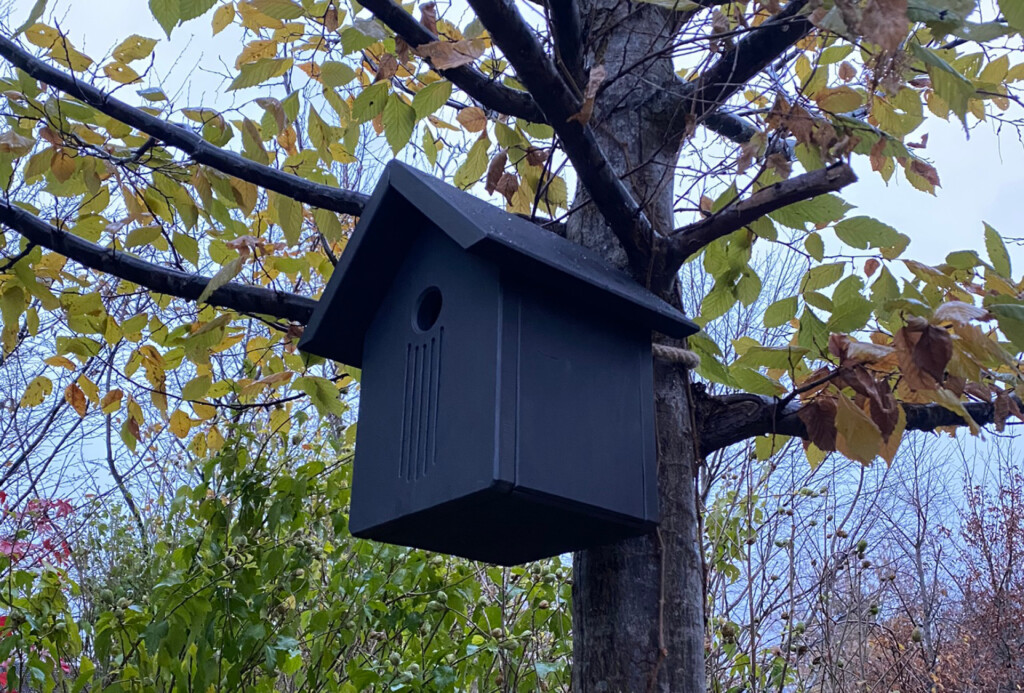
Stable and gentle assembly
… does not take long.
When attaching your nesting box, you should make sure that it is securely and stably attached and does not sway even in strong winds. If the nest box does not have a canopy, it should be tilted slightly forwards so that it cannot rain inside.
Depending on the type of location, the following 2 options are particularly suitable for securing the nest box:
- With a rope: This is probably the gentlest and, in my opinion, the best way, which is particularly suitable for trees. At Hanehus, we use 100% sustainable natural ropes made of hemp fibers from Stanke for our products.
- With hooks or screws: This type of fastening is very stable and is very suitable for vertical, smooth surfaces such as walls and the like. However, its use on trees is only recommended if you observe the following:
> My RECOMMENDATION: “Nest boxes may generally also be screwed to trees. To prevent damage to the trees, the material of the hook or screw must be rustproof and germ-free! You should generally avoid using nails due to their poor adhesion.”
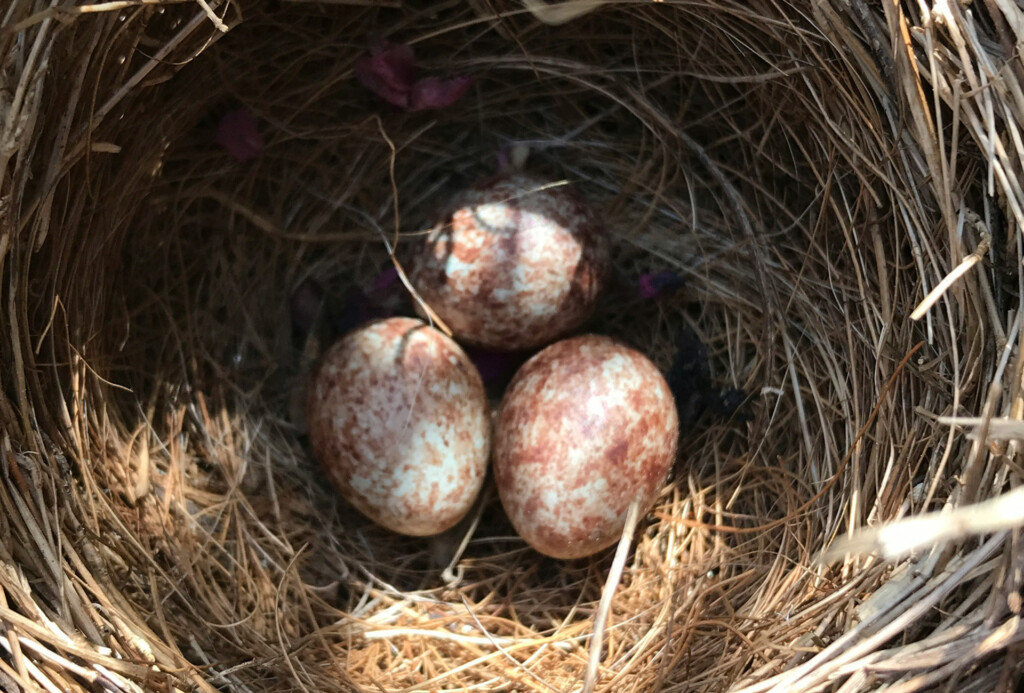
Cleaning and care
Most birds keep their nests meticulously clean during the breeding season and while the chicks are being reared. However, once the young have fledged, the parent birds also leave the nesting box and the nest remains in the nesting box. This leads to two problems: Firstly, parasites and pathogens find an ideal breeding ground. And secondly, if they use the same nest box, future birds willing to breed will build their nest directly on top of the existing nest. This leads to an increasingly higher breeding area. This in turn means that it becomes easier and easier for predators to access the nest contents.
The time for cleaning is in late summer or fall, because at this time the nest is very likely to be unoccupied.
To clean the nest itself, follow the steps below:
- Remove the old nest: After opening the nest box, you can remove the nest in one piece and then dispose of it in the organic waste.
- Remove any remaining dirt: The best way to do this is with a straw brush, although depending on the design of the nest box, it may be easier or harder to reach the dirt in the corners and slits. The nest boxes from Hanehus (link) can be dismantled into their individual parts without tools, making thorough cleaning easy.
- In case of heavy soiling: For example, if you notice parasite infestation or if you find a dead bird, you should also clean with a little warm water and, if necessary, a little soda lye. Allow to dry thoroughly after cleaning.
- Reassembly: The nest box is now reassembled and installed in the old location or in a new, equivalent location.
> My WARNING: “Never use chemical cleaning agents or disinfectants when cleaning bird houses!”
> My TIP: “Don’t be afraid of cleaning, as the nest can usually be shaken or removed directly from the nest box in one piece. If you also use gloves, you won’t even come into contact with the dirt!”
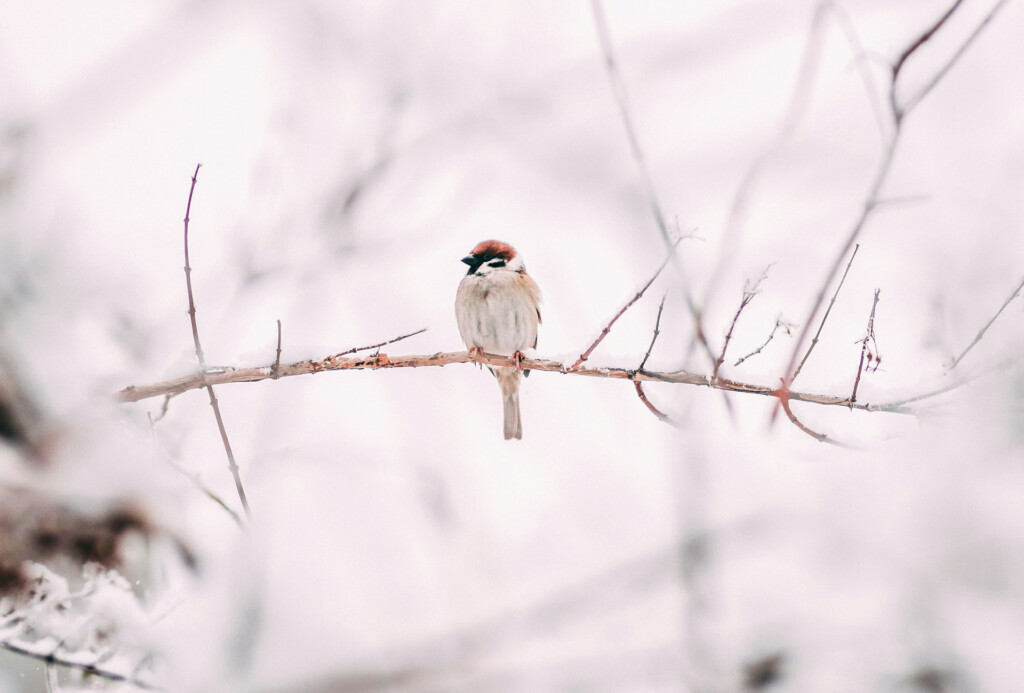
And here are a few interesting additional topics:
Changing the location
The location of a nest box can be changed in the fall. However, it is better to leave it in a fixed location, as this makes it easier for breeding birds from the previous year to find it again.
Surroundings
Regardless of the type of nest box, the environment is also of crucial importance to ensure that you really do have offspring in your nest box. This must provide the birds with as rich and varied a food supply as possible – without them having to travel long distances. Applied to a garden, this means that it must be designed to be as bird-friendly as possible (you can find helpful tips on this here). Ultimately, breeding success also depends on the available food supply, which you can round off with targeted feeding using a feeder, for example.
Distance between several nesting boxes
To ensure that the choosy female birds decide on a particular nest box, it is important to ensure that a minimum distance of 3 meters is maintained when using several nest boxes. If birds of the same species are to breed in adjacent boxes, a minimum distance of 10 meters must be maintained. This is to prevent territorial disputes. Colony breeders such as sparrows and starlings are an exception, as they prefer to breed in social neighborhoods anyway.
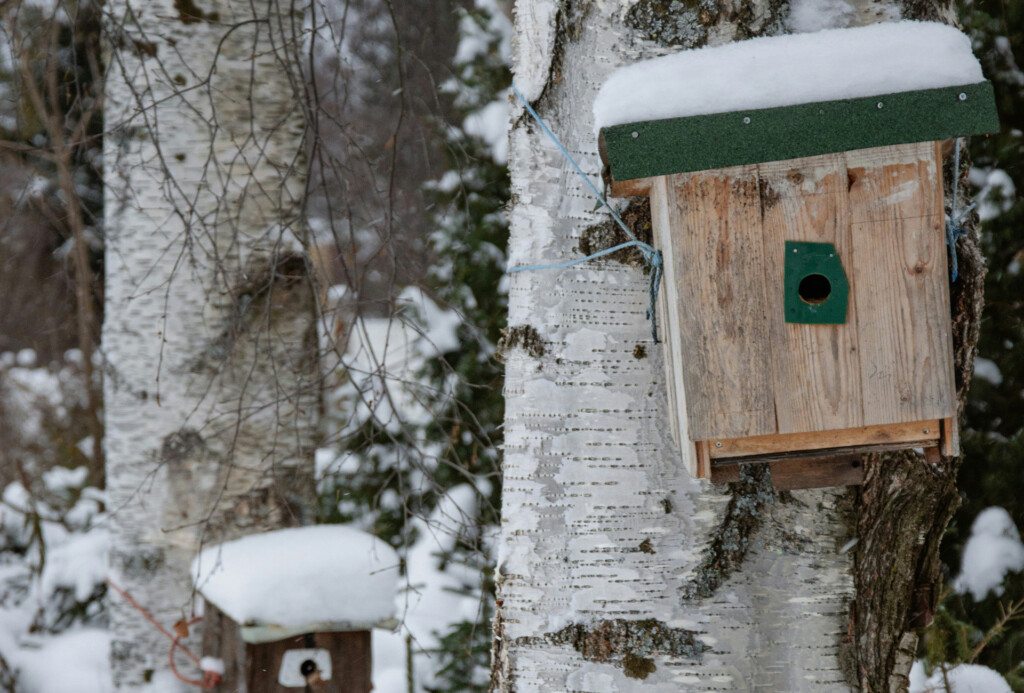
Winter roost
Many birds like to use nest boxes as a roost in winter. If a nest box is not cleaned in the fall, dead young birds and the remains of the brood could contaminate the nest box to such an extent that it is no longer suitable as a winter roost. If you only clean the nest box in winter, you may disturb the occupant(s) in their winter quarters.
> My TIP: “Unlike chickens, wild birds do not need bedding (e.g. sawdust or straw) as they prefer to build their own nest.”
